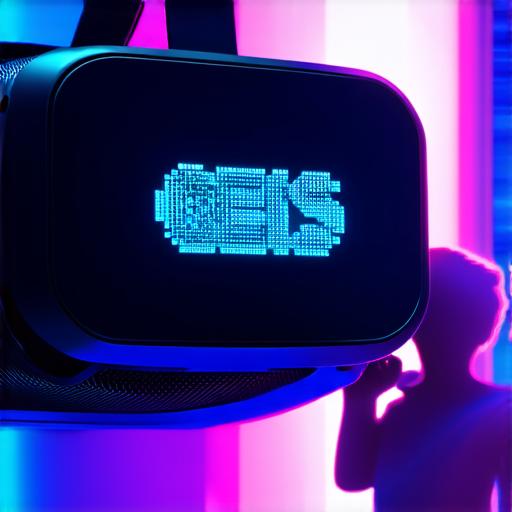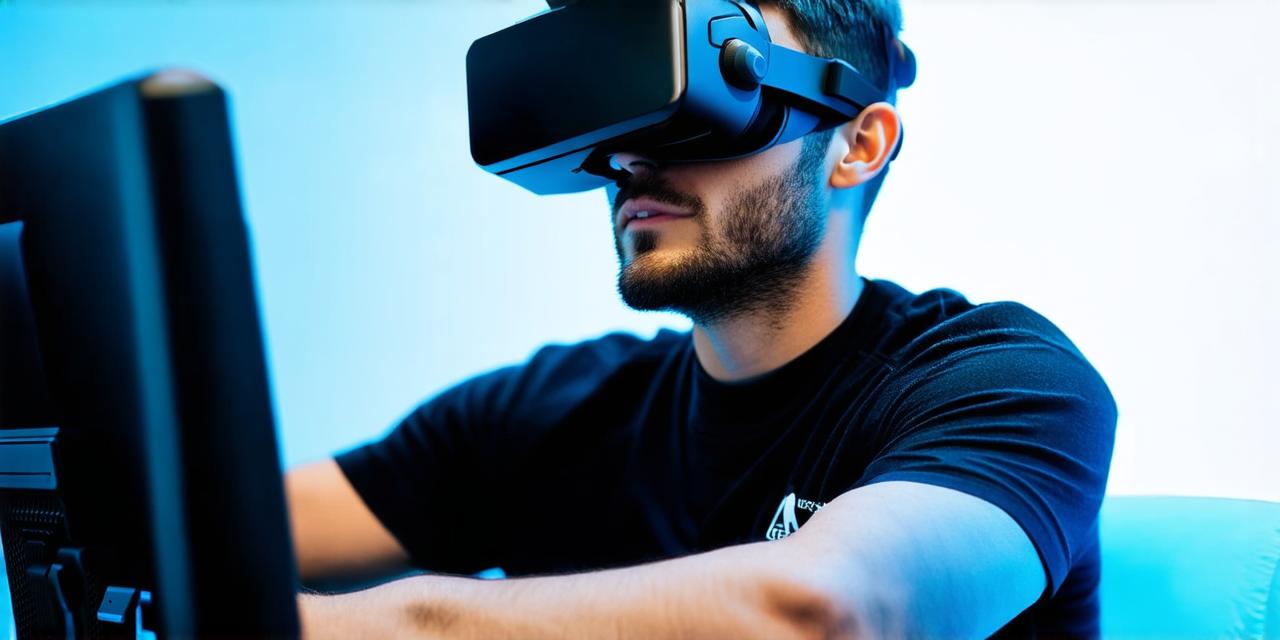
Virtual Reality (VR) is a technology that creates an immersive experience that simulates the physical presence of an object or environment in a way that allows the user to interact with it. VR systems typically consist of a headset, sensors, and controllers that track the user’s movements and translate them into virtual actions. The headset provides a 3D view of the virtual environment, while sensors and controllers track the user’s movements, allowing them to manipulate virtual objects and interact with virtual environments in ways that were previously impossible.
The definition of VR is somewhat broad, as it encompasses a wide range of technologies and applications. At its core, however, VR is about creating an immersive experience that simulates the physical presence of an object or environment in a way that allows the user to interact with it. This can be achieved through various means, such as computer-generated simulations, augmented reality, and mixed reality.
Virtual reality has numerous applications across various industries, including gaming, education, healthcare, and business. In gaming, VR provides an immersive and interactive experience that can enhance the enjoyment and engagement of players. For example, VR games like “Beat Saber” and “Job Simulator” allow users to physically interact with virtual objects and environments.
In education, VR can provide students with a more engaging and interactive learning experience. For instance, history students can virtually walk through ancient civilizations or science students can explore the human body in 3D. VR can also be used for language learning, as users can practice their speaking and listening skills by interacting with virtual characters from different countries.
In healthcare, VR can be used for training medical professionals or providing patients with a more immersive and engaging treatment experience. For example, doctors can use VR to simulate surgeries and train nurses to handle medical emergencies. Patients can also use VR to relax and distract themselves during treatments or to help manage chronic pain.
In business, VR can be used for product design, marketing, and training. For example, architects can use VR to create realistic 3D models of buildings and test different designs before construction. Companies can also use VR to create immersive product demos or to train employees in a safe and controlled environment.
Virtual reality is still a relatively new technology, and as it continues to develop and become more accessible, we can expect to see even more innovative uses of VR in the future. As the technology becomes more widespread, we may see VR used in fields such as tourism, real estate, and entertainment. We may also see VR used to create more immersive and engaging experiences for customers, employees, and students.
One of the most popular applications of VR is in gaming. In 2016, Oculus launched their flagship VR headset, the Oculus Rift, which quickly became popular among gamers around the world. One of the most highly rated games on the Oculus platform is “Beat Saber,” a rhythm game that requires players to physically swing virtual light sabers to match the beat of music. Another popular VR game is “Job Simulator,” which allows users to simulate various jobs, such as painting and cooking.
Outside of gaming, VR has also found success in education. One example of this is the use of VR for language learning. In 2017, a study was conducted by researchers at the University of Maryland that found that using VR to practice speaking and listening skills led to significant improvements in students’ language abilities compared to traditional methods.
In healthcare, VR has been used to train medical professionals and provide patients with immersive treatments. For example, in 2018, a study was published in the Journal of Medical Internet Research that found that using VR for exposure therapy was effective in reducing anxiety and depression in patients with post-traumatic stress disorder (PTSD).
In conclusion, virtual reality is an exciting and rapidly evolving technology that has numerous applications across various industries. From gaming to education, healthcare, and business, VR is providing users with immersive and interactive experiences that were previously impossible. As the technology continues to develop and become more accessible, we can expect to see even more innovative uses of VR in the future.
